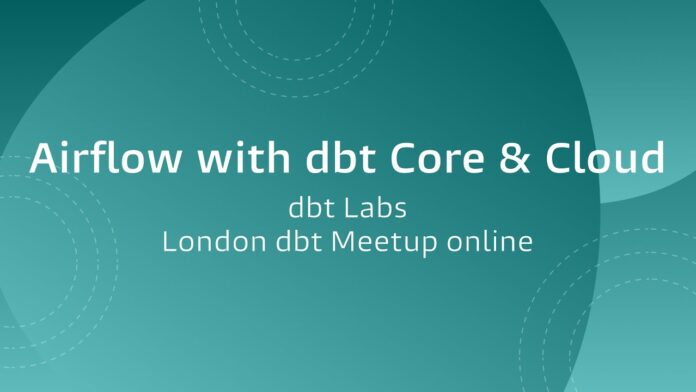dbt Cloud is a step that has taken the area of data transformation forward. Here is everything you need to know about dbt Cloud and why your team should be looking into using this powerful transformation tool.
Table of Contents
What is Data Transformation?
When it comes to the world of data storage and analytics, technology is constantly moving toward more proficient, powerful methods of increasing a company’s data use. Data itself is something that most modern companies have to find a solution for. For companies that acquire data across several different platforms, this can result in the acquisition of data that may not be useful to move a business’ intelligence forward.
When this happens, data stores can develop that are known as data silos. These data silos represent data that a company can not use because it is raw data that in its current state is unuseful to the company, or hard to access. Transforming data is a step in the process of taking data out of data silos and making it useful.
What is a Data Warehouse?
Once data has been transformed, it is then moved to what is known as a data warehouse. Data warehouses are the key solution to a company’s data silo problems. They are one of the most powerful tools to help companies centralize all of their data out of silos through a process that is known as either ETL or ELT.
The purpose of having a data warehouse is to have data that has been transformed or enriched and is ready to be used. This data provides powerful tools for in-depth insight that a company can use to propel its business intelligence in several areas. Marketing, customer interactions and satisfaction, operational analysis, can all be impacted by wisely acquiring and transforming data into a useful tool.
What is ETL or ELT?
The process of taking data out of a silo and turning it into a useful tool for analysis is typically left up to ETL or ELT. These two terms stand for extract, transform, load, or, extract, load, transform. Either process is necessary for moving data from a silo into a data warehouse where it can serve a purpose.
The main difference between these two is the stage at which transformation takes place. In ETL, the transformation takes palace outside of the data warehouse and then the data is loaded into the warehouse. Once it has been extracted, it is translated into a useful format and loaded into a data warehouse for use. In ELT, the transformation process happens inside of the data warehouse.
This process modifies data to be able to be loaded into a data warehouse, but major transformation or enrichment doesn’t happen till after it’s already in the data warehouse.
Where Does dbt Fit In?
In the process of turning data into a useful tool, dbt, which stands for data build tool, presents itself as a tool that is specifically used for the ‘T’ portion of the ETL or ELT process. Dbt actually only focuses solely on one part of the process and one part only. This means that dbt can not help with the extraction of data from a silo or with the loading part. However, whether you are pursuing an ETL or ELT process, dbt is an exciting tool that can help to transform data in a warehouse with optimal results.
What Are the Core Benefits of dbt Cloud?
Dbt Cloud brings a lot to the table in terms of giving analytic engineers a tool that really helps them optimize their time and effort over the process of data transformation. Operating as a SaaS (Software-as-a-Service) cloud-based product, this tool enhances a team’s ability to leverage their time and increase their production while offloading stress.
One of the ways that dbt Cloud does this so well, is that it allows for a more integrated development by streamlining access to key features. For instance, if you want to preview a query, you are a simple command key away from this kind of information.
Also, it does away with task-heavy steps like copying your code to your query runner constantly to check that everything is working correctly. Being able to run live query results in the process is a huge way to leverage your analytics team’s time and productivity.
Conclusion
One of the most appealing things that dbt Cloud offers a team is a freedom and time to focus on issues that matter. With intelligent programming that frees up your analytics team from task-heavy-oriented work, you can create an environment where your analyst is not bogged down with distraction.
This allows for data scientists to focus on hard problems like CI/CD pipelines, or orchestration strategies more clearly. If you are building a new cloud infrastructure or planning out your data team, consider dbt Cloud and the benefits it can bring.





